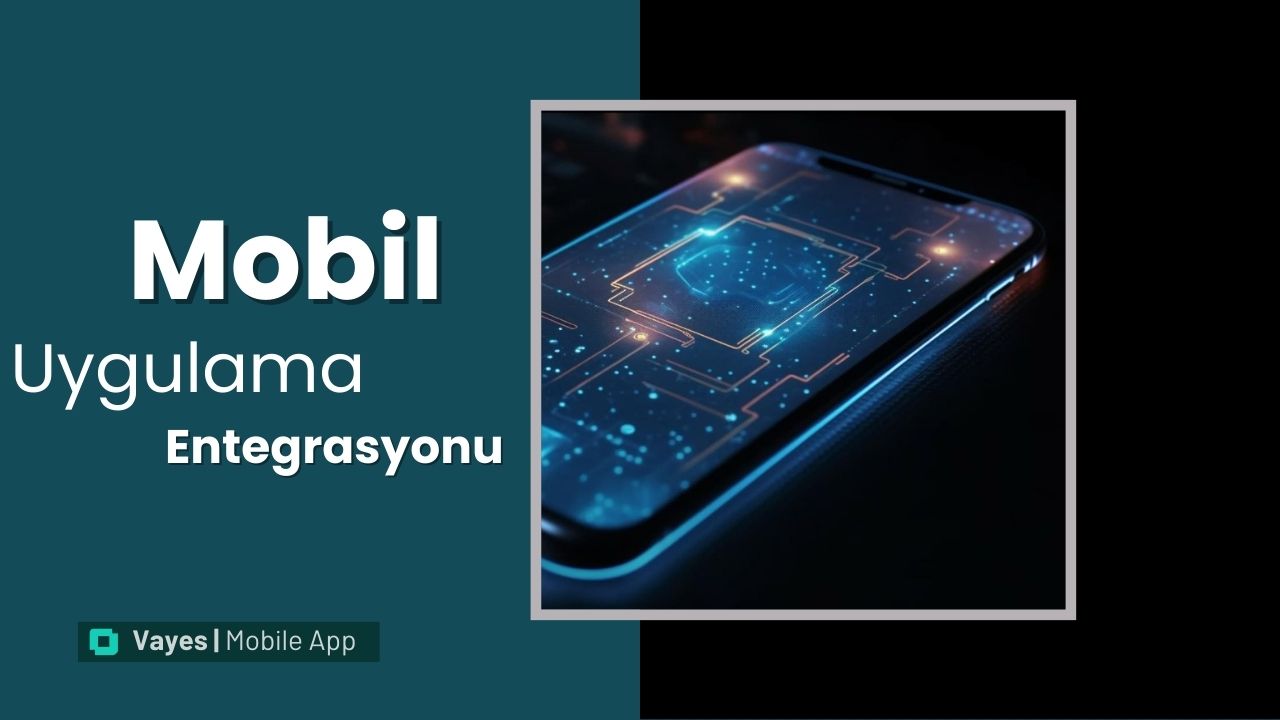Hello,
How Can We Help You?
Contact Form
Fill out the form and we will contact you as quickly as possible.
A. Mustafa Yazici | 24 March

Today, mobile applications have become an indispensable part of the lives of both individuals and businesses. However, the adoption of an application by users is closely related not only to its functionality, but also to how well it integrates with different systems. Mobile application integration allows an application to work in harmony with other platforms, services or devices. So, what should be considered for this integration to happen smoothly?
Mobile application integration is a process that enables a mobile application to exchange data with other systems and work in harmony. These integrations are usually implemented through APIs (Application Programming Interfaces) or SDKs (Software Development Kits). For example, integrating a payment application with a banking system allows users to make payments quickly and securely.
Mobile application integration plays a critical role in improving user experience and increasing operational efficiency. For example, integrating an e-commerce application with cargo tracking systems allows users to easily track order processes. At the same time, automation of manual processes through integrations saves time and money.
When planning an integration project, the goals should first be clearly determined. It should be clarified which systems the application will be integrated with and what benefits this integration will provide. Then, a needs analysis is performed and the necessary technical infrastructure and integration tools are selected.
A successful integration process generally consists of the following steps:
APIs are the most commonly used tools in mobile application integrations. For example, a weather application can provide users with instant weather information by integrating a third-party weather API. In addition, SDKs provide great convenience to developers during the integration process.
The success of mobile application integration can be achieved with a user-focused approach. What kind of value is offered to the user at the end of the integration is important. In addition, security and data protection are among the issues that should not be neglected. Especially in applications where sensitive data is processed, compliance with legal regulations such as GDPR is of critical importance.
The most common challenges during mobile application integrations include compatibility with different systems and performance problems. For an integration to work smoothly, the relevant systems must be kept constantly updated and performance tests must be performed.
Taking user feedback into consideration is essential for a successful integration. Analyzing users’ experiences after the integration and making continuous improvements increases the success of the application in the long run. At the same time, it is important to regularly update integration processes and optimize them with new technologies.
To provide a seamless user experience, it is important to design simple and understandable interfaces. Interfaces should be minimal and intuitive so that users can quickly access the information they need and perform actions. In addition, since integrations will affect the performance, speed and accessibility of the application, it is important to provide fast and uninterrupted access.is necessary.
Mobile application integrations are used in different ways in different sectors. For example, in the e-commerce sector, integrations with stock management systems enable orders to be processed automatically. In the healthcare sector, integrating patient information and reports between different systems provides more efficient patient follow-up.
Some world-renowned applications have achieved success by implementing integration strategies perfectly. For example, a mobile application that offers payment solutions can be used to
Contact Form
Fill out the form and we will contact you as quickly as possible.
 Notification Center 00:00
Notification Center 00:00